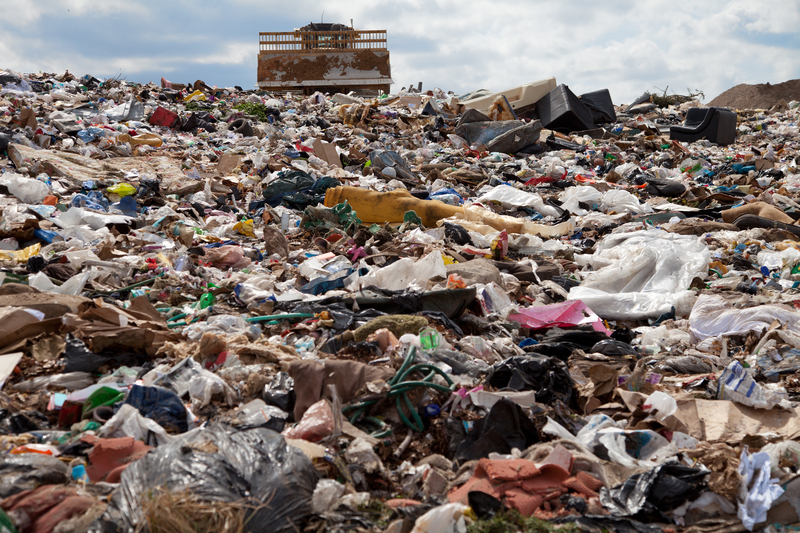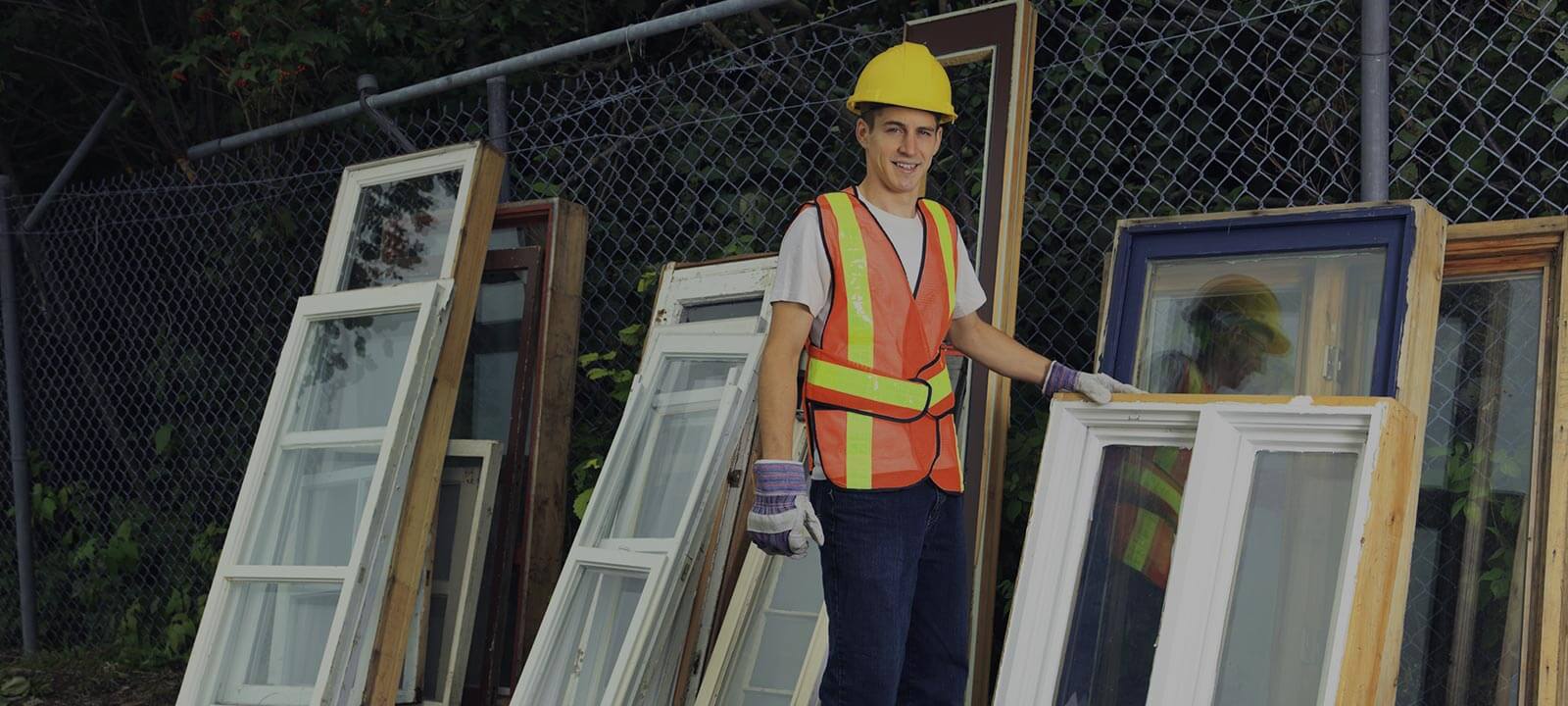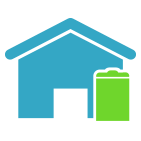Recycling for Water Conservation
Posted on 25/01/2025
Recycling has long been recognized for its benefits to the environment by reducing waste, conserving natural resources, and lowering greenhouse gas emissions. However, its role in water conservation is often overlooked. As global water resources become increasingly strained, recycling serves as a crucial strategy for preserving water. This article delves into how recycling contributes to water conservation, highlighting its importance, providing practical tips, outlining pros and cons, and offering key takeaways.
How Recycling Contributes to Water Conservation
Water is a finite resource, and its conservation is essential for maintaining ecosystems, supporting agriculture, and ensuring the availability of drinking water. Recycling plays a significant part in this because manufacturing products from recycled materials often uses less water than producing them from raw materials.

Reduced Water Usage in Manufacturing
When we recycle materials such as paper, plastic, and metals, we reduce the need for raw materials. The extraction and processing of these raw materials typically consume a substantial amount of water. For example, producing new paper from recycled paper requires about 50% less water compared to making it from fresh pulp. Similarly, recycling aluminum saves about 95% of the water needed to produce aluminum from bauxite ore.
Decreased Pollution and Improved Water Quality
Recycling helps curb pollution, particularly in water bodies. Landfills and waste incineration often lead to the release of toxins and heavy metals, which can contaminate nearby water supplies. By recycling, we reduce the volume of waste that ends up in landfills and incinerators, thereby protecting water quality.
Recycling and Wastewater Treatment
The recycling process itself can be optimized to handle wastewater efficiently. Advanced recycling facilities treat and recycle water used in their operations, ensuring minimal waste. Moreover, using recyclable materials reduces the demand on water treatment plants, which otherwise have to treat large volumes of wastewater from industrial processes.
Water-efficient Recycling Practices
Implementing water-saving tactics within recycling processes can further enhance water conservation. Techniques such as closed-loop water systems and rainwater harvesting for use in recycling plants are increasingly being adopted to ensure optimal use of water resources.
Practical Tips for Recycling to Conserve Water
- Segregate Waste Properly: Proper segregation of recyclables enhances the efficiency of recycling operations, reducing water consumption in sorting and processing.
- Reduce, Reuse, Recycle: Follow the three Rs to minimize waste. Reuse items whenever possible before opting to recycle them.
- Support Products Made from Recycled Materials: Purchasing products made from recycled materials encourages manufacturers to continue utilizing recycled inputs, which generally require less water.
- Participate in Community Recycling Programs: Engaging in and supporting local recycling efforts helps build sustainable water conservation practices within your community.
Pros and Cons of Recycling for Water Conservation
Pros
- Water Savings: Reduces the water consumption needed for manufacturing new products.
- Environmental Protection: Minimizes pollutants entering water bodies.
- Resource Conservation: Conserves natural resources and reduces the dependency on water-intensive raw material extraction.
- Cost-effective: Can lead to economic benefits through reduced water and material costs.
Cons
- Processing Costs: While recycling saves water, the overall recycling process can be expensive.
- Potential Water Use in Recycling Facilities: Recycling operations themselves may consume water, requiring the implementation of water-efficient systems.
- Quality of Recycled Products: Some recycled products may not match the quality of those made from raw materials, affecting consumer acceptance.

Key Takeaways
- Recycling significantly contributes to water conservation by reducing the need for water in manufacturing processes.
- Proper waste segregation and adopting water-saving techniques in recycling facilities can further enhance water conservation efforts.
- Engaging in community recycling programs and supporting products made from recycled materials can promote sustainable water management.
Conclusion
Recycling stands as a pivotal practice in our efforts to conserve water. By reducing the demand for water in manufacturing, decreasing pollution, and optimizing water use in recycling plants, we can alleviate the pressure on global water resources. While there are some challenges to overcome, the benefits of recycling for water conservation far outweigh the drawbacks. By adopting practical tips and engaging in responsible recycling practices, we can make significant strides toward sustainable water management.










